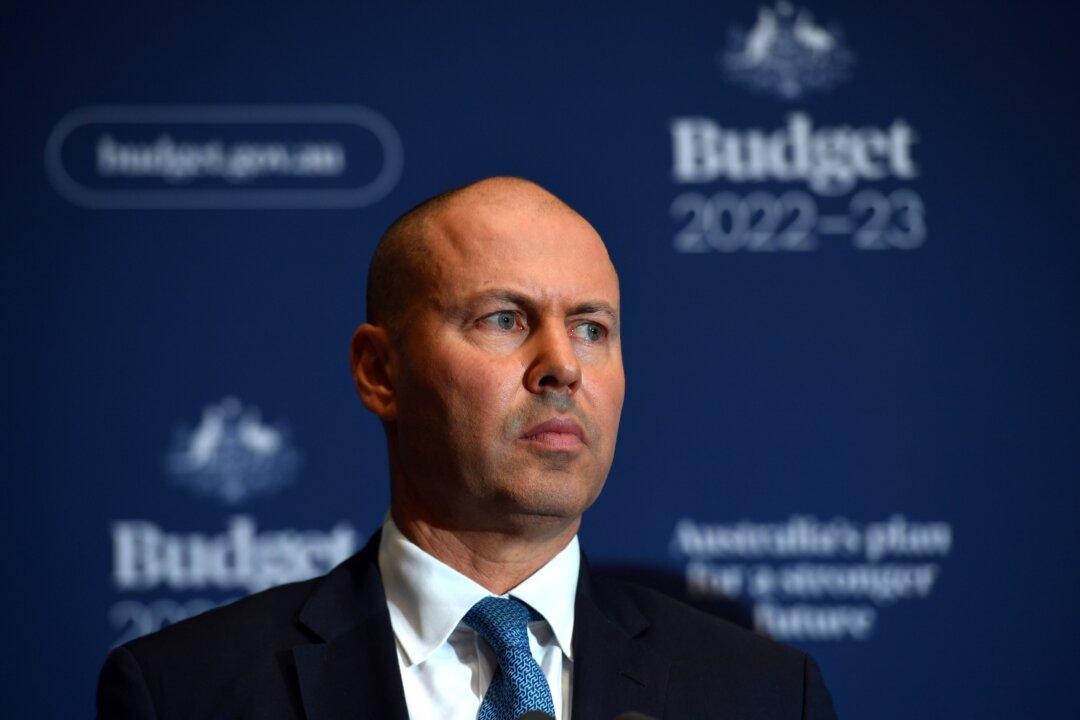Ten million Australians will receive a one-off $420 (US$315) tax offset to assist with the ballooning cost of living, while six million welfare recipients will get a $250 cash payment in the 2022-23 federal budget.
Treasurer Josh Frydenberg unveiled the details of the anticipated “temporary, targeted, and responsible” cost of living relief package on Tuesday evening.





